|
The Rationale: Versatile. That’s the word I would use to describe Barbara Stanwyck. She could be sexy; she could be tough; she could be mean and she could be simply lovely. More often than not, however, she was a combination of at least 2 of these descriptions in each of the roles she played. She was one of the best actresses of the studio era and proved her mettle for more than 40 years in films and on television. Because her career was so rich I have limited this Top 10 to her Pre-War films only, but they provide a perfect reflection of the diversity of roles and performances that were the hallmark of her entire career. Leading off the list is Preston Sturges’ The Lady Eve, which along with Meet John Doe & Ball of Fire, was released in 1941 and represents perhaps the strongest year in Stanwyck’s career, as each is included in the Top10. In Lady Eve Stanwyck is able to showcase her wicked sense of comic timing, her wholehearted sensuality and her sensitivity in one perfectly crafted character (or 2, depending on your point of view). Stanwyck plays Jean, a cardsharp and con artist out fleece Henry Fonda’s Ale heir Charles Pike of his fortune. When she falls in love with the mark, she casts him aside to remain true to her underhanded calling, only to reengage in seducing him as an entirely different person… In true Sturges fashion, the story takes a back seat to the sharp dialogue, ridiculous physical comedy and word play to expose the true nature of characters portrayed. No true emotions are spoken, but throughout the film Stanwyck is able to convey her character’s true emotions with her eyes. She is perfectly hard on the outside, but needy and responsive inside. Stanwyck’s perfect blend of the 2 warrants The Lady Eve as her finest pre-war performance and perhaps the best of her career (even if Double Indemnity’s Phyllis Dietrichson is a 1B to this 1A!). Stanwyck’s only pre-war Oscar nomination was for Stella Dallas. While she would go on to be nominated 3 times for Best Actress in the 1940’s, Stella Dallas represented a watershed for Stanwyck, as she moved from mere contract player, with a smattering of hits, to a full-fledged actress with the respect of the industry. Stella is the daughter of a millworker, who longs for a life married to rich playboy Stephen Dallas. When their marriage goes south Stella chooses to raise their daughter by herself, but her poor upbringing ruins the girl’s chances for success in proper society. Giving her up to be raised by her father & his rich new wife, Stella literally exists on the outside of her daugther’s new life in one of the most poignant final shots in movie history. As Stanwyck plays her, Stella is at times tough & crass, but at her center she is all heart, willing to sacrifice everything for her daughter. The longing in Stanwyck’s eyes as her heart is broken by her circumstance is brilliantly balanced in her performance with broad physical & verbal cues. Stella Dallas is a melodramatic “woman’s picture,” but Stanwyck’s performance alone lifts it up into classic status. She literally grows & shrinks in size depending on the emotions of the character, until the final shot, when she appears a mere shell of the boisterous & riotous character in better times. Stanwyck was under contract at Warner Bros. in the early 30’s, where she helped establish the studio’s (non-gangster) identity in films like The Purchase Price (’32 Dir by W. Wellman), Ladies They Talk About (’33 Dir by H. Bretherton)& 2 of the films on this list, Baby Face (’33) & Night Nurse (’31). Between her Warner Bros. contract & loan outs to Columbia Pictures Stanwyck made more than 15 pictures from 1930-1934, establishing a reputation as a natural actress capable of a variety of roles. In Night Nurse, she is a desperate waif, who uses her wits and sexuality to gain her place in nursing school, then her grit & determination to get a job in the nursery of 2 wealthy, but mistreated children. Her partnership with co-star Joan Blondell (Blonde Crazy ’31, Three on a Match ’32) & director William Wellman (Wings ’27, The Ox-Box Incident ’43) elevates the melodramatic material, but it is Stanwyck’s steely performance that elevates the piece. She is flirty with bootlegger boyfriend Morty (Ben Lyon), she expels indignince towards crooked Dr. Bell & fiery independence toward evil chauffer Nick (Clark Gable). In Baby Face Stanwyck plays the ultimate social climber, willing to trade her body to climb the corporate ladder. In one of the most clever visual cues in Pre-Code film (1930-1934) her climb is literally mimicked with shots of the exterior of the bank where she works. She is unscrupulous until she is undone by sentimentality & love, manipulating & exploiting a series of ever more powerful bank employees (that include John Wayne as a lowly clerk in an early role) in her quest for power & money. The opening scenes in her father’s speakeasy perfectly reflect the basis for her hatred towards men and her desire to return the exploitation she has suffered. In Meet John Doe, on the other hand, there is no doubt about Stanwyck’s complicity in the exploitation of Gary Cooper’s John Doe. She is a fast talking reporter, willing to do anything to keep her job. When she creates the John Doe character as a reflection of the forgotten man she does so solely for personal gain. She initially represents the cynicism of the press and its willingness to trade in lies & deception to sell papers. Stanwyck is a whirlwind as she talks at, past & through everyone around her, bending them to her will in a blaze of confusion. She is the equal of late 30’s line chewing comediannes (Rosiland Russell in His Girl Friday & Irene Dunne in The Awful Truth for example), but layered with the pathos of Capra’s morality play, giving Ann Mitchell depth of character that elevates the performance. While Capra’s lust for Stanwyck had waned by the time they made Meet John Doe, his camera still gives her ample opportunity to slowly move the character from hard boiled cynic to empathetic love interest over the course of the picture and marks the most mature and well-rounded performances of their 10 year collaboration. At the other end of their ‘relationship’, when the married Capra was full on in love/lust for Stanwyck, was The Miracle Woman. In it, Stanwyck plays the daughter of a preacher, whose cynicism and disgust with religion leads her to exploit the gullibility of the masses with false hope & religious chicanery. Her disdain for formal religion taints every fiber of her being and ruins her ability for human emotion and love until a trusting war vet turns her head. Stanwyck is brilliant as the huckster. Her bluster & improvisational skills, while in character, are incredibly natural for so early a performance. She really shows her potential and range, especially as she turns away from her huckster partner and begins to feel again. Capra really lingers over Stanwyck’s face and allows her to fully realize each emotion and feeling. The remaining 2 performances perfectly represent the range of Stanwyck’s talent. She can play the larger than life Sugarpuss O’Shea in Ball of Fire and the conniving, but sweet Lee Leander in Remember the Night with equal amounts of panache & subtlety. Sugarpuss is a night club singer hiding out from the cops to protect her mobbed up boyfriend, while Leander is a shoplifter on a road trip with her prosecutor. In both performances Stanwyck shows vulnerability and sensitivity beneath her characters brash exteriors, as when Leander returns home to the mother who despised her, for instance. Stanwyck wonderfully portrays the inherent hope and crushing disappointment of her visit. Similarly, the whirling dervish that is Sugarpuss broadly runs circles around the gentlemen scholars, seducing, mothering & transfixing them all until realizing her love for Cooper’s Bertram Potts. Both characters assume masks to protect themselves from the fears and insecurities at their core and Stanwyck allows those insecurities to evolve slowly and wonderfully. She acts with her eyes and with Sugarpuss & Leander those eyes clearly show vulnerability and desire in equal measures. The versatility that Stanwyck portrayed in her 10 best pre-war performances was a wonderful precursor to the rest of her career. Later, when the cold hearted Phyllis Dietrichson was needed Stanwyck could cast back towards the manipulative Lily from Baby Face or the cynical Mae Doyle from Clash By Night (’52 Dir Fritz Lang) could look back at Stella Dallas as a cautionary tale of broken hearts. Stanwyck worked with fine directors, ascendant leading men and strong co-stars, but she was always the primary vehicle through which the dynamics of the films flowed. She could captivate the viewer’s eye with the softness of a glance or send shivers down their spines with a coldly worked phrase. Her versatility made her great, but her charm made her beautiful and her smarts made her one of a kind! Random Quotes & Notes:
*Barbara started on Broadway at 15 as a dancer. Her first hit was Burlesque. *Married Vaudville superstar Frank Fay when she was 21 (his 4th marriage), who convinced her to give the movies a try. He arranged her first audition, which went horribly. Alexander Korda (producer of The Third Man ‘49 & That Hamilton Woman ’41). *The Locked Door (’29) for producer Joe Schenk was her first picture. *Zeppo Marx was Barbara’s manager for most of her career. *Barbara was signed to play the lead in William Wellman’s Safe in Hell (’31), but a contract dispute with Columbia that was settled in court precluded her from the role. Dorothy Mackaill played the part wonderfully in her stead (Safe in Hell is a Top 10 Pre-Code Film). *in 1936 Barbara became the first actress simultaneously under contract to 2 studios (Fox & RKO). *Producer Samuel Goldwyn forced her to audition for Stella Dallas, generally viewed as one of her greatest performances. He wasn’t convinced she was right for the role. *Although she stated that she was happiest when she was working, Stanwyck was the most suspended actress of the ‘30’s (along with Bette Davis) because she refused inferior roles or scripts and fought with studio heads for better. “I argue because I believe in myself.” *Source material: Steel –True: A Life of Barbara Stanwyck 1907-1940. Victoria Wilson. Simon & Schuster, 2013.
3 Comments
|
AuthorWrite something about yourself. No need to be fancy, just an overview. ArchivesCategories |
- Home
-
Top 10 Lists
- My Top 10 Favorite Movies
- Top 10 Heist Movies
- Top 10 Neo-Noir Films
- The Top 10 Films of the Troubles (1969-1998)
- The Troubles Selected Timeline
- Top 10 Films from 2001
-
Director Top 10's
>
- Top 10 Film Noir Directors
- Top 10 Coen Brothers Films
- Top 10 John Ford Films
- Top 10 Samuel Fuller Films
- Jean-Luc Godard 1960-67
- Top 10 Alfred Hitchcock Films
- Top 10 John Huston Films
- Top 10 Fritz Lang Films (American)
- Val Lewton Top 10
- Top 10 Ernst Lubitsch Films
- Top 10 Jean-Pierre Melville Films
- Top 10 Nicholas Ray Films
- Top 10 Preston Sturges Films
- Top 10 Robert Siodmak Films
- Top 10 Paul Verhoeven Films
- Top 10 William Wellman Films
- Top 10 Billy Wilder Films
-
Actor/Actress Top 10's
>
- Top 10 Joan Blondell Movies
- Top 10 Catherine Deneuve Films
- Top 10 Clark Gable Movies
- Top 10 Ava Gardner Films
- Top 10 Gloria Grahame Films
- Top 10 Jean Harlow Movies
- Top 10 Miriam Hopkins Films
- Top 10 Grace Kelly Films
- Top 10 Burt Lancaster Films
- Top 10 Carole Lombard Movies
- Top 10 Myrna Loy Films
- Top 10 Marilyn Monroe Films
- Top 10 Robert Mitchum Noir Movies
- Top 10 Paul Newman Films
- Top 10 Robert Ryan Movies
- Top 10 Norma Shearer Movies
- Top 10 Barbara Stanwyck Films
- Top 10 Noir Films (Classic Era)
- Top 10 Pre-Code Films
- Top 10 Actresses of the 1930's
-
Reviews
- Quick Hits: Short Takes on Recent Viewing >
- The 1910's >
- The 1920's >
-
The 1930's
>
- Becky Sharp (1935)
- Blonde Crazy
- Bombshell ('33)
- The Cheat
- The Conquerors
- The Crowd Roars
- The Divorcee
- Frank Capra & Barbara Stanwyck: The Evolution of a Romance
- Heroes for Sale
- The Invisible Man (1933)
- L'Atalante (1934)
- Let Us Be Gay
- My Man Godfrey
- No Man of Her Own (1932)
- Platinum Blonde ('31)
- Reckless ('35)
- The Sign of the Cross (1932)
- The Sin of Nora Moran (1932)
- True Confession ('37)
- Virtue ('32)
- The Women
-
The 1940's
>
- Casablanca (1942)
- The Story of Citizen Kane
- Criss Cross (1949)
- Double indemnity
- Jean Arthur in A Foreign Affair
- The Killers 1946 & 1964 Comparison
- The Maltese Falcon Intro
- Moonrise (1948)
- My Gal Sal (1942)
- Nightmare Alley
- Notorious Intro ('46)
- Overlooked Christmas Movies of the 1940's
- Pursued (1947)
- Remember the Night ('40)
- The Red Shoes (1948)
- The Set-Up ('49)
- They Won't Believe Me (1947)
- The Third Man
-
The 1950's
>
- The Asphalt Jungle Secret Cinema Intro
- Cat on a Hot Tin Roof ('58) Intro
- The Crimson Kimono (1959)
- A Face in the Crowd (1957)
- In a Lonely Place
- A Kiss Before Dying (1956)
- Mogambo ('53)
- Niagara (1953)
- The Night of The Hunter ('55)
- Pushover Noir City
- Rear Window (1954)
- Rebel Without a Cause (1955)
- Red Dust ('32 vs Mogambo ('53)
- The Searchers ('56)
- Singin' in the Rain Introduction
- Some Like It Hot ('59) >
-
The 1960's
>
- The April Fools (1969)
- Band of Outsiders (1964)
- Bonnie & Clyde (1967)
- Cape Fear ('62)
- Contempt (Le Mepris) 1963
- Cool Hand Luke (1967) Intro
- Dr Strangelove Intro
- For a Few Dollars More (1965)
- Fistful of Dollars (1964)
- The Good, the Bad and the Ugly (1968)
- A Hard Day's Night Intro
- The Hustler ('61) Intro
- The Man With No Name Trilogy
- The Misfits ('61)
- Point Blank (1967)
- The Umbrellas of Cherbourg/La La Land
- Underworld USA ('61)
- The 1970's >
- The 1980's >
- The 1990's >
- 2000's >
-
Artists
-
Resources
- Video Introductions
- Anatomy of a Murder Notes
Proudly powered by Weebly
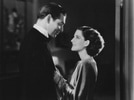
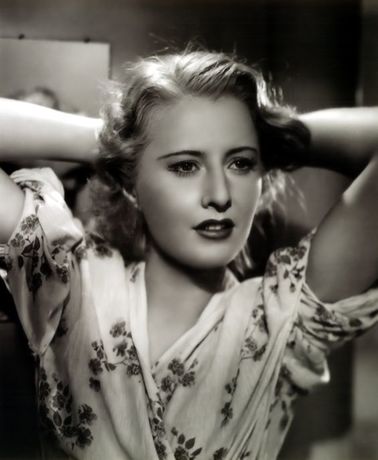
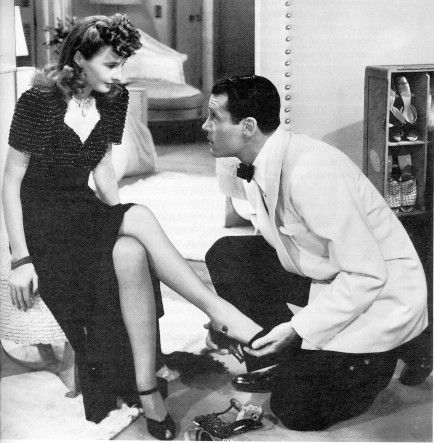
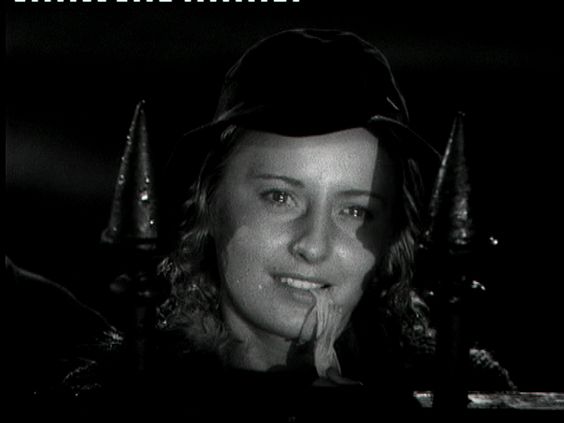
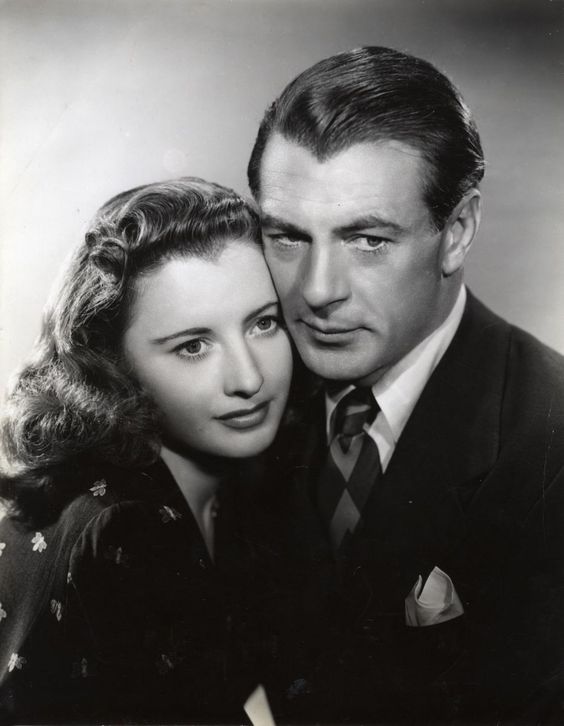
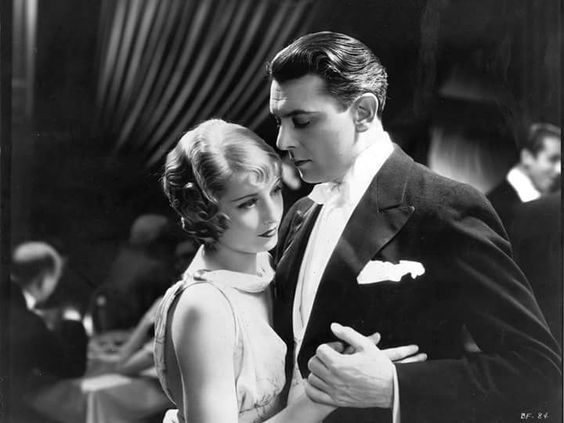
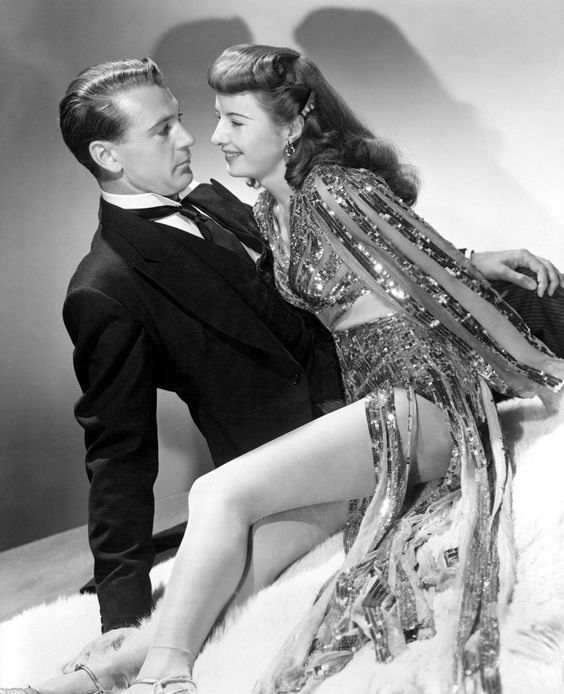
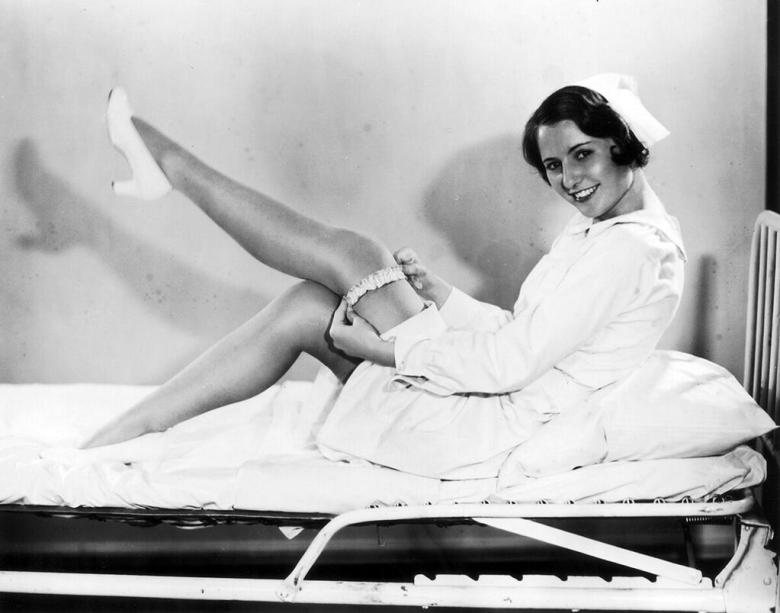
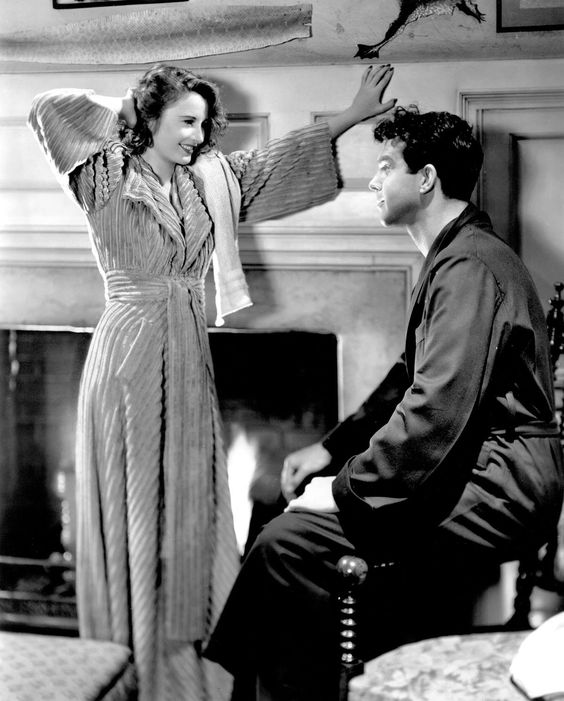
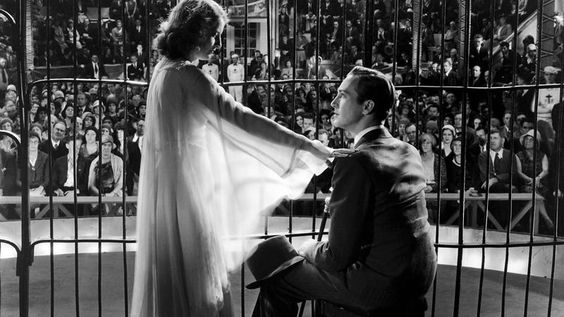
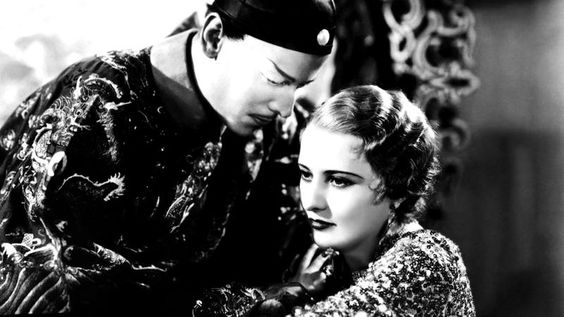
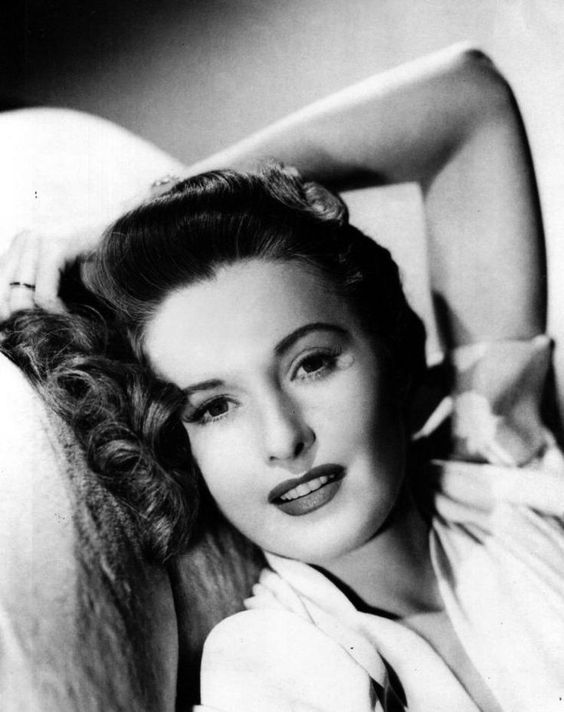
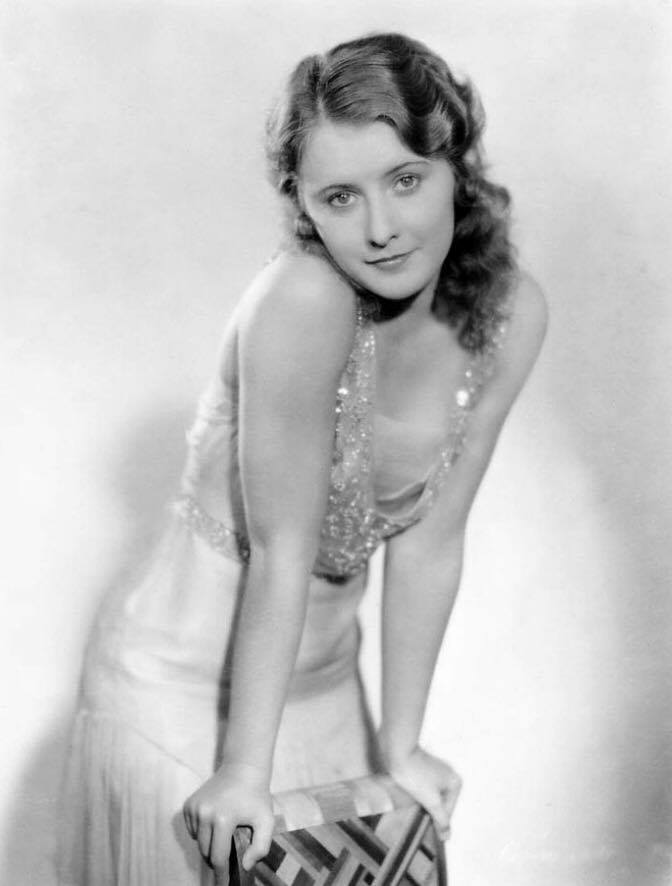
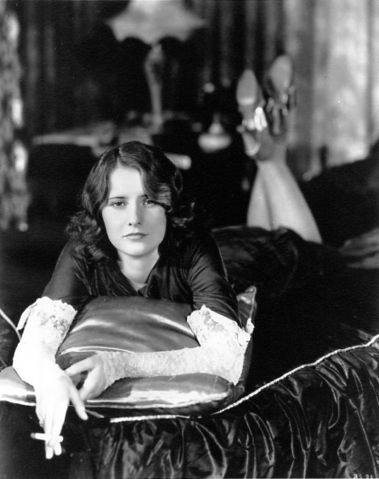
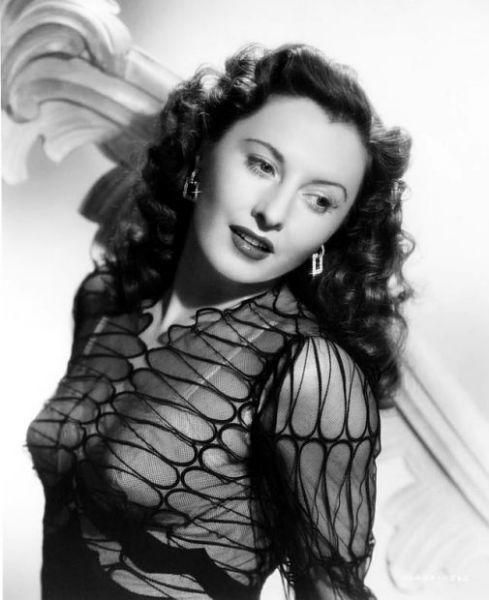
 RSS Feed
RSS Feed